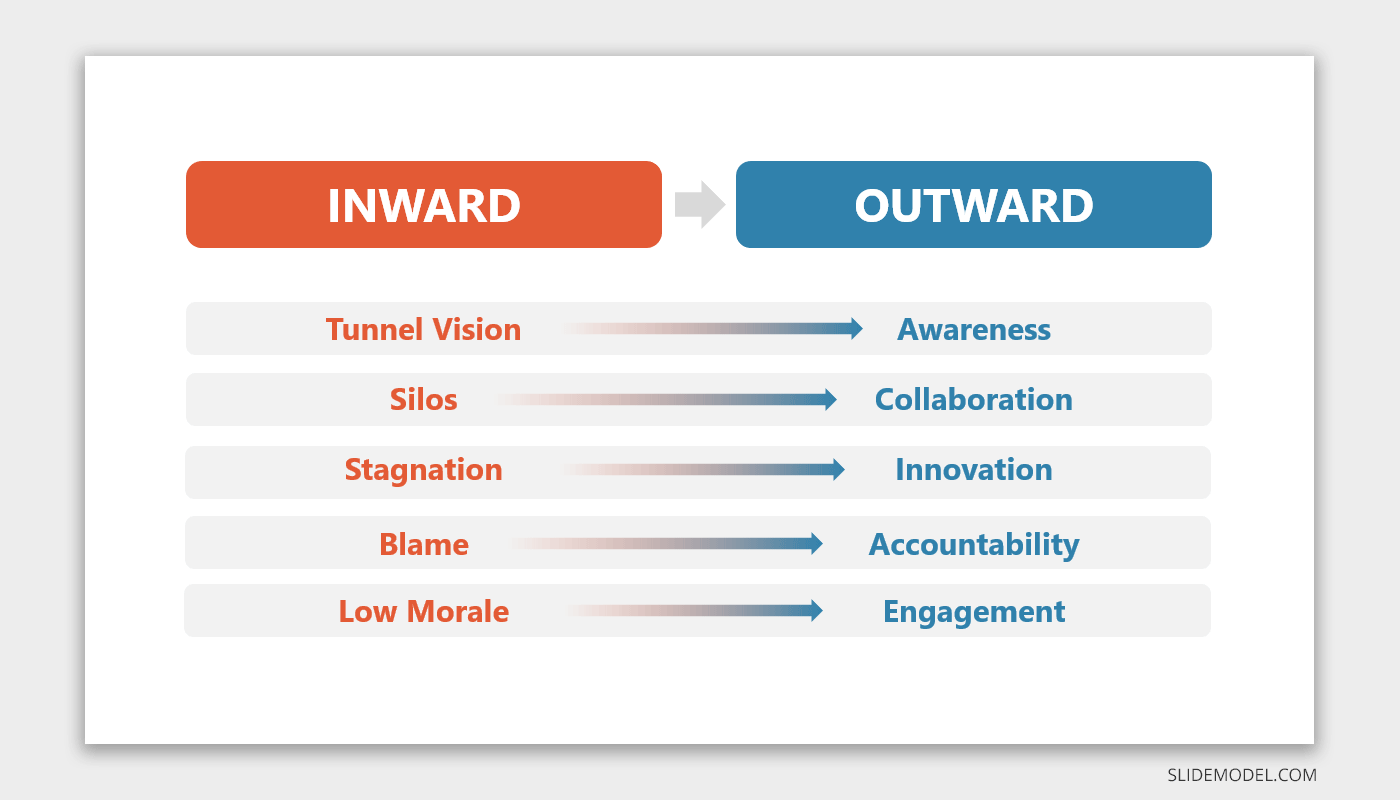
Over the years, many different leadership theories tried to explain how someone wields power and rallies the people around them. Most theories focused on the so-called ‘hard power’ methods — gaining influence via certain leverage, directives, and imposed authority.
More recently, however, social psychologists also realized that there’s another type of leaders, whose influence is gained via “software means” — the servant leader.
What is Servant Leadership?
The term “servant leadership” was originally coined by Robert K. Greenleaf in his 1970 essay. Titled “The Servant as a Leader”, this work conceptualized the key pillars of the servant leadership theory:
“[Servant leadership] begins with the natural feeling that one wants to serve. Then conscious choice brings one to aspire to lead. [A servant leader] is sharply different from one who is leader first, perhaps because of the need to assuage an unusual power drive or to acquire material possessions.”
According to Greenleaf, a servant leader is someone who puts their needs, wants, and aspirations second to those of the people they are leading. Another defining servant leader trait is the reliance on “soft power” — the ability to build influence via appeal and attraction, rather than coercion. Servant leaders inspire others to do their best work, rather than actively imposing one’s ideas and influence over them in a directive manner.
Servant leadership complements the democratic leadership style and has certain similarities with the Transformational Leadership we described in a separate post about corporate leadership styles.
Servant Leadership Examples
This leadership style is largely focused on outward thinking. Servant leaders are more interested in achieving the greater good for a larger array of people, rather than maximizing rewards for themselves.

Given the above, it makes sense why a lot of customer-centric companies also promote servant leadership. While Jeff Bezos may not be the best example of a servant leader, the general Amazon leadership principles are based around servant leadership principles. The company expect leaders to:
- Develop other leaders and proactively coach/mentor others
- Create and communicate a bold direction that inspires action
- Have more diverse thinking and constantly look for new ways to serve customers better.
Susan Wojcicki, the first marketing manager at Google and the longest-tenured CEO in the history of YouTube, is also often named as an excellent servant leader. Wojcicki isn’t as visible or directive as a lot of other Google executives. But thanks to her softer efforts and unique managerial style, Google has managed to launch and scale their largely successful advertising and commerce platforms. According to Wojcicki, “it’s the people in power who pass power to others…in a way that in the end, will benefit everyone”.
Other frequently named examples of servant leaders include:
- Abraham Lincoln
- Bill Clinton
- Dalai Lama
- Angelina Jolie
- Angela Merkel
- Tim Cook
- Nelson Mandela
The Main Serval Leadership Principles
While there’s no unified blueprint for “service” leadership, over time different researchers have worked out some defining servant leadership characteristics, skills, and principles that such leaders share.
Some of the famous servant leadership quotes by Robert K. Greenleaf identify a serval leader as someone who can take control of their ego and suppress it in favor of serving others over yourself”.
“Ego is selfishly ambitious. Conscience, on the other hand, both democratizes and elevates ego to a larger sense of the group, the whole, the community, the greater good. It sees life in terms of service and contribution, in terms of others’ security and fulfillment,” Greenleaf wrote in his book Servant Leadership: A Journey into the Nature of Legitimate Power and Greatness.
Additionally, he also highlighted the following important leadership qualities in his series of servant leadership books:
- Good listening: Every good leader should ask themselves “Is saying what I have in mind truly better than staying silence?”.
- Moral authority: “ If the leader is principle-centered, he or she will develop moral authority. If the follower is principle-centered, he or she will follow the leader. In this sense, both leaders and followers are followers. Why? They follow the truth.”
Darryl Spivey, a senior faculty member at the Center for Creative Leadership (CCL), further explored the examples of servant leadership in the workplace. He determined that grassroots servant leaders tend to:
- Exhibit a wider range of emotional intelligence skills such as curiosity, humility, vulnerability.
- Have higher situational awareness and the ability to adapt quickly to different communication styles.
- Build workplace relationships through active listening and proactive question asking to better understand and adjust their interactions.
How to be a Servant Leader in the Modern Workplace
Servant leaders are an asset to any workplace as they take on the salient role of not just leading their teams forward, but also ensuring that everyone enjoys the “road” towards the destination.

According to a recent study published in the Journal of Applied Psychology, groups working under a servant leader report:
- A higher justice climate: employees have a higher perception of being treated fairly.
- A positive service climate: teams develop a shared perception of customer service and are more committed to delivering higher service levels.
In addition, service leadership is also said to lead to higher employee engagement and lower levels of employee absenteeism.
The above makes a strong case for promoting servant leadership at the workplace. Here’s how it can be done:
1. Focus on Developing your Soft Skills
According to Larry C. Spears, the president and CEO of The Larry C. Spears Center for Servant Leadership, the 10 most important interpersonal skills for serval leaders are:
- Awareness — General and self-awareness are must-have qualities for such leaders as it helps better assess different issues related to understanding ethics, power, and values.
- Community building — Servant leaders attempt to build a close-knit and effective community among the people they are in charge of.
- Commitment to the growth of people — Ensuring the personal growth of every individual within their organization is another thing servant leaders are vested in.
- Conceptualization — Striking a balance between conceptual thinking and a day-to-day operational approach is what servant leaders try to achieve.
- Empathy — Good leaders don’t reject people even if they cannot fully relate to them. They are empathetic listeners and always strive to understand others before making any judgments.
- Foresight — Servant leaders understand that their current and past actions will have implications for the future.
- Listening — Receptive listening, paired with periods of self-reflection, is an important skill for serval leaders.
- Persuasion — Such leaders leverage persuasion over positional authority.
- Stewardship — According to the servant leadership theory, leaders need to be “holding their institutions in trust for the greater good of society”.
- Healing — Servant leaders focus on mending relationships and help maintain harmony within the teams they govern.
Spears suggests that developing these skills is critically important for servant leaders.
2. Lead by Example
A servant leader sets the bar for the team they are in charge of. As Amazon suggests: “[Leaders] act on behalf of the entire company, beyond just their own team. They never say “that’s not my job.”
Becoming a successful servant leader often also means becoming more approachable and down-to-earth when it comes to proactively solving the issues your people are experiencing.
In a separate post, we talk at length about what it means to lead by example and why such an approach to team management has the most merit in the modern workplace.
3. Focus on Forging Trust
When it comes to servant leadership, it’s not just your leadership skills that matter; it’s the trust you managed to instill in others.
If you want to lead via soft power, rather than top-down, directive approaches, you’ll have to learn both to:
- Emanate trust in others
- Learn to trust yourself too
If you are not appearing trustworthy as a leader, few people will follow you. At the same time, if you don’t extend trust to others (and resort to micromanagement), you’ll have a hard time building a rapport with the people you manage.
How do you build trust with your employees? David DeSteno, a professor of psychology at Northeastern University, recommends the following:
- Focus on building personal connections first: listen, ask questions, and share insights about yourself.
- Don’t withhold corporate information. Share as much as you can with your team regarding your goals, plans, and other relevant information such as financial results, notes from board meetings, and more.
- Give credit when it’s due. Acknowledge individual contributions and don’t hog all the glory.
4. Create a Safe and Inclusive Workplace Culture
In his book Leaders Eat Last, Simon Sinek puts great emphasis on the importance of a leader’s honesty, integrity, and trust as a foundation of a safe workplace.
Sinek suggests that a leadership position comes with an extra responsibility of being the ‘protector’ for the people who stand lower in the hierarchy. However, “The problem is, for many of the overpaid leaders, we know that they took the money and perks and didn’t offer protection to their people. In some cases, they even sacrificed their people to protect or boost their own interests”. Such behaviors, in turn, create major dissatisfaction among their people.
Good leaders understand that caring for people is among their key responsibilities. And when leaders focus more on their workforce, rather than profit numbers, “then people will follow, solve problems and see to it that that leader’s vision comes to life the right way, a stable way and not the expedient way,” according to Sinek.
To drive positive changes in the workplace, servant leaders should ensure that:
- Every employee understands that their opinion matters and knows the right channels for voicing out their concerns or suggestions.
- Workplace wellness initiatives include not just physical employee safety initiatives, but also those pertaining to mental health.
- Diversity & inclusion initiatives occupy a central position on the corporate agendas,
- Any types of inappropriate behaviors are effectively flagged and addressed.
Conclusion
As Simon Sinek says: “The rank of office is not what makes someone a leader. Leadership is the choice to serve others with or without any formal rank.”
Servant leaders may not always have high formal positions, but they do share certain attributes that help them rally others. The power of servant leadership is salient, yet highly visible through the actions such leaders take and the reputation they gain among their people.
So don’t wait till you are given a new formal title. Instead, start practicing the servant leadership principles if you want to gather support, earn trust, and foster action among the people you work with.


